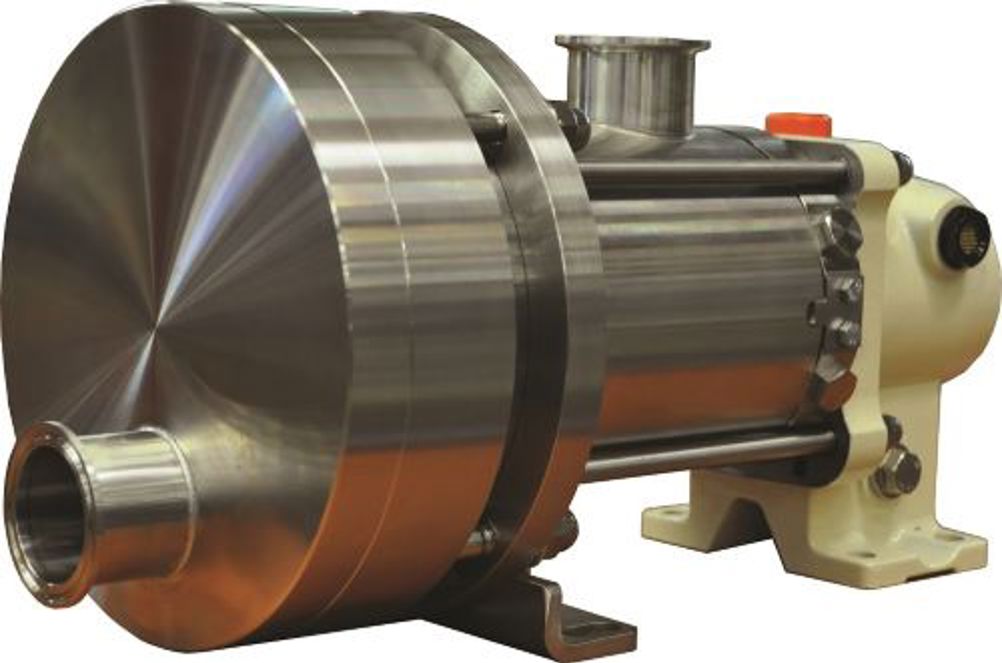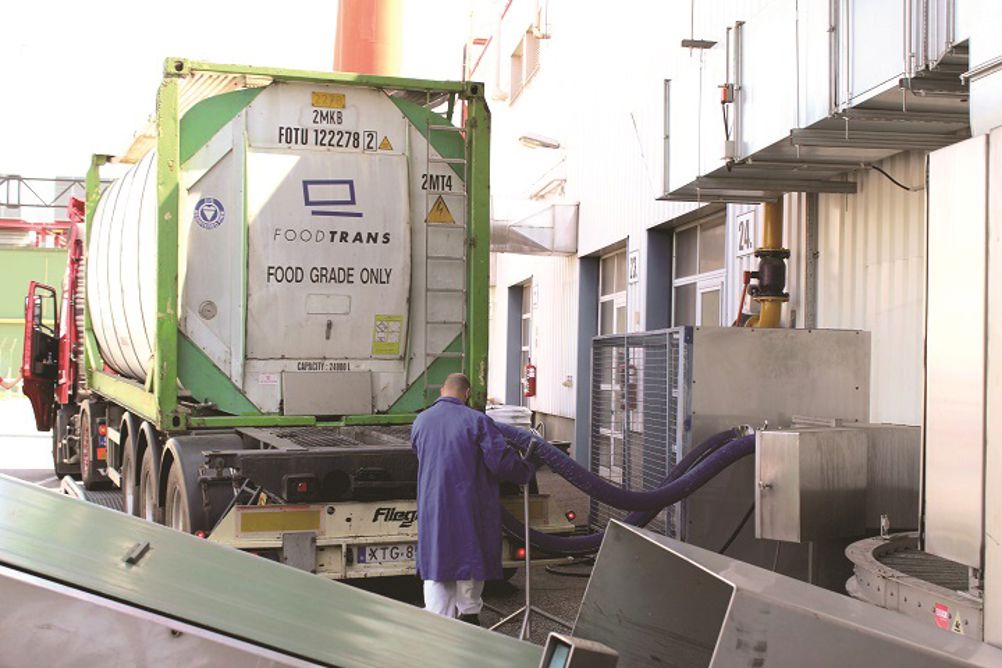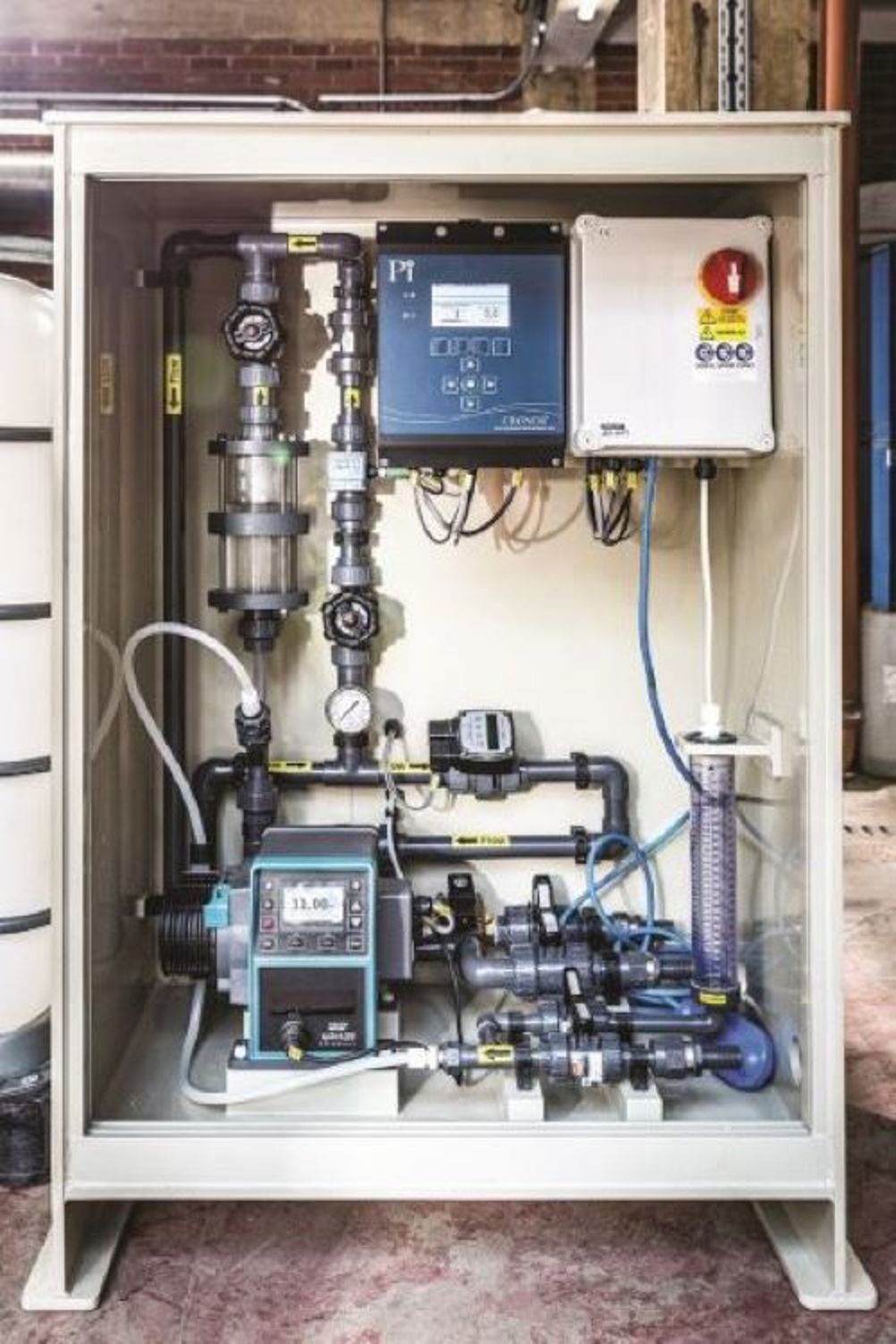Ambitious targets continue to be set in food and beverage manufacturing – for example in the UK, the Food and Drink Federation and the British Beer and Pub Association have both pledged to reach net zero carbon emissions by 2040 across production sites and their supply chain.
This is in a sector which is the fourth highest industrial energy user in the country according to a government report. Fans and pumps accounting for 12% of food and drink sector emissions and, according to the Carbon Trust, a fully loaded motor consumes its own purchase cost in electricity in 30 to 40 days of continuous running.
With pumps, a direct energy saving can be made by using more efficient motors such as an IE3 drive which can be retrofitted to existing technology. But motor choice is only part of the solution that pumps can bring to production.
Ultimate goal
The ultimate goal is a lean manufacturing operation realising optimum product yields while using fewer resources and, critically, a healthier bottom line.
Vipul Mistry, global product leader for nutrition and health, pumps at SPX Flow based in the US, said: “Energy consumption is at the top of customers’ minds so designing more efficient pumps is key.
“The total cost of ownership for the customer must be optimised for their particular process covering reliability, efficiency and productivity and keeping downtime to a minimum.
“For example, when using positive displacement pumps for viscous media we have to ensure there is less slip in the process through the way we design internal clearances to maximise efficiency which is important for the preservation of the product.”
SPX Flow has more than 25 innovation and design centres worldwide, offering support from food technologists, product specialists, process and production engineers, electricians and other experts working directly with customers.
“We stay connected to customers, solving problems and providing solutions to make sure their processes are achieving optimum performance and sustainability,” added Mistry.
New challenges
For example, new challenges for pumps in the food and beverage industry include processing of plant-based foods such as vegan cheese in response to consumer demand and producers turn to manufacturers to provide the specific expertise required in areas including pressure and viscosity.
Logically, the more viscous the media, the more energy will be required to process it. Significantly, UK-based Watson-Marlow Technology Group’s Masosine division’s sine pumps are not affected by viscosity in the same way as lobe pumps and require lower torque to drive them so can use smaller motors.
The sinusoidal rotor produces powerful suction with low shear, low pulsation and gentle handling of a broad range of viscous products without modification to the pump and with minimal effect on power requirements. Continuous flow ensures up to 50 per cent less energy usage compared with other pump types.
Smaller pumps are naturally more energy efficient but care must be taken to ensure they are up to the task. However, a US-based fruit juice manufacturer was able to select small sine pump instead of a larger lobe pump to transfer frozen fruit juice concentrate resulting in an US$11,000 saving in electricity costs as well as cutting annual CO2 emission by 33,880kg.
Product recovery
Meanwhile, according to French manufacturer Mouvex, savings created by product recovery far outstrip any energy saving initiatives. It claims cost savings can be up to 32 times greater than the yearly cost of the energy needed to run the pump. In a large production operation, that can result in millions of dollars of savings per year.
If a pump cannot strip suction or discharge production lines then there is a major environmental impact with more energy, water and chemicals required for cleaning along with higher levels of disposal of wastewater and residue.
Traditional pumps such as lobe and external circumferential piston (ECP) pumps, for example, do not possess the ability to clear lines while they also wear causing product slip and waste from leaks in seals.
Mouvex’s eccentric disc technology can pump air when no fluid is present creating a vacuum effect on the pump’s suction side and a compressor effect on the discharge side. So once the product has been discharged, air is pumped to push out the product “plug” for recovery.

For example, at a Coca-Cola HBC production plant in Hungary, unloading viscous orange juice concentrate from trucks was proving time and energy consuming while also causing problems with cavitation. A Mouvex SLS pump reduced unloading time by two hours with increased product recovery and energy savings.
Plant maintenance manager Zoltan Marincsak said: “We reduced waste from 300 kilos to 100 kilos – with six unloading’s per week, it’s more than one tonne and saves us thousands of euros.”

Food and beverage plants are under increasing legislative pressure to reduce water consumption and wastewater treatment
Doing so will substantially lower the cost of water supply, chemicals and energy bills from pumping, heating and cooling water.
Conservation, reuse and sustainability measures are critical. For example, process water accounts for the largest use in the food sector - around 31% - so the accuracy and control of dosing pumps is key in delivering the correct amount of fluid removing any risk of underdosing or overdosing.
Peristaltic pumps such as Watson-Marlow Fluid Technology Group’s Qdos chemical metering pump, provide highly accurate dosing by enabling precise, incremental adjustments. They can handle applications requiring dosing at 0.1ml/min up to 2,000ml/min.
Qdos pumps feature leak detectors which stop automatically and alert operators in the event of a pump head failing or a hose leaking.
The units are self-contained and once the valves are shut off, the pump head can be quickly removed and replaced without spillage. This minimizes the possibility of operators being exposed to chemicals and prevents chemical spills into the environment.

Did you know?
The McKinsey Quarterly Food Waste Alliance has reported that more than US$120bn of product goes to waste worldwide annually
Food and drink is the industrial sector with the highest water consumption, representing 56% of total industrial water use and approximately 190 million cubic metres of water annually in the UK alone. (Environment Agency)
In a survey by the Food and Drink Federation of 100 decision makers at UK food and beverage plants, three-quarters said that coping with rising energy bills has affected their decision to expand.
About the author
This article was written by Andrew Smith, a freelance writer northstarcomms@outlook.com .
Contacts
SPX Flow www.spxflow.com
Watson-Marlow Fluid Technology Group www.wmftg.com
Movex www.mouvex.com






